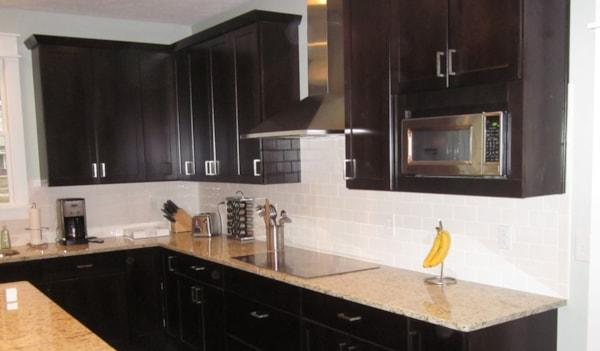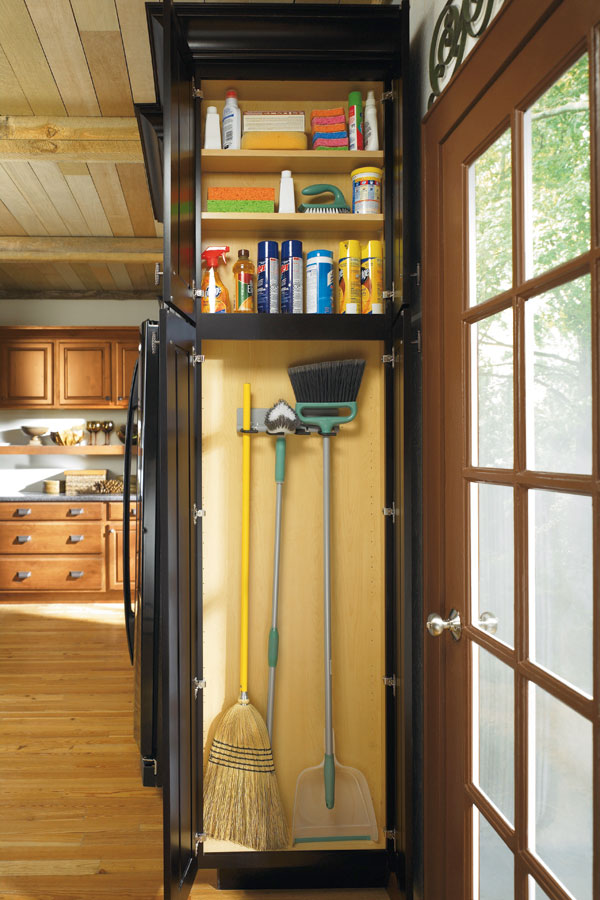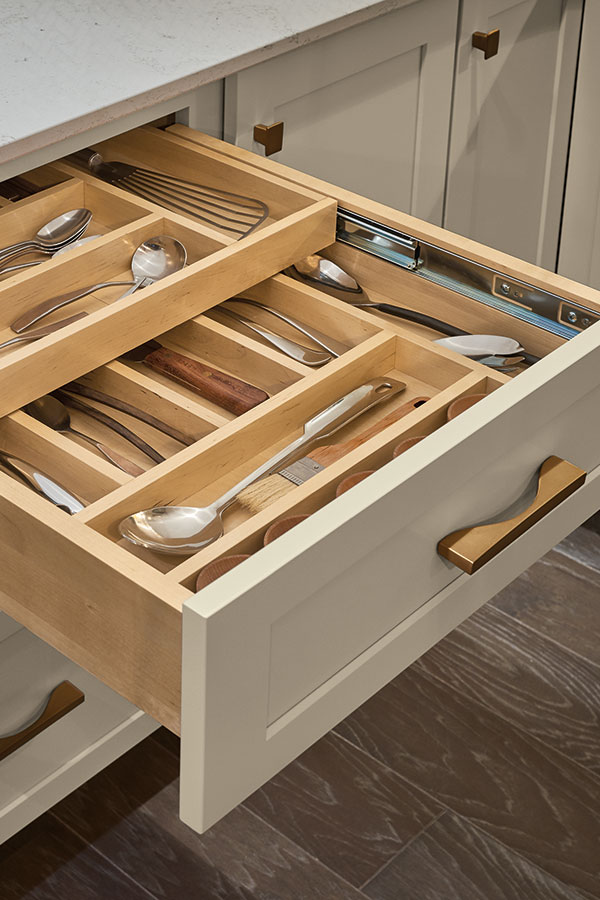The blower in a range hood is sized, or rated, by CFM ... the cubic feet of air moved per minute. It is important to correctly size a range hood based on your stove, room size, and ductwork. In this blog, we will look at ways to calculate the CFM requirements for your kitchen.
Electric Stove / Range -- One calculation for sizing a range hood calls for 100 CFM for every 12" of stove width. So, a 30" electric stove would need a 250 CFM hood (100 CFM x 2.5 feet of stove width).

Gas Cooktop -- Gas cooktops emit significantly more heat than an electric stove, requiring a larger range hood. To calculate the correct CFM, add the BTU's for all the burners. Each burner will range between 5,000 - 15,000 BTU's. A typical four-burner gas cooktop will have a total output of around 40,000 BTU's. Divide the total BTU's by 100 to get the required CFM. For a 40,000 BTU cooktop, a 400 CFM range hood is needed (40,000 BTU ÷ 100 = 400 CFM).

Room Sizing -- Another method considers the size of your kitchen. As you would expect, a larger kitchen requires more CFM to clear the air versus a smaller room. An industry rule of thumb is the range hood needs to turn the air over in a kitchen 15 times per hour. Or, once every 4 minutes. To calculate CFM, take the cubic feet of the room (width x length x height), multiply it by 15 exchanges per hour, then divide by 60 minutes per hour. The result is the CFM requirement. In a 16' x 16' room with 8' high ceilings, the needed CFM is 512 (16 x 16 x 8 x 15 ÷ 60 = 512).

Ductwork -- Finally, airflow is hindered as it flows through ductwork, turns corners, and is expelled from your home. This needs to be factored into sizing a range hood. You should add 1 CFM per foot of ductwork, 25 CFM for each turn, and 40 CFM if vented through a roof cap.
As you calculate sizing with these methodologies, utilize the method with the largest CFM requirement and add the impact for ductwork. This will ensure your hood is sized correctly.
For questions about range hoods, or any other remodeling questions, give our Spiceland, Indiana showroom a call and talk with one of our designers.




